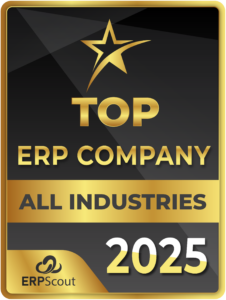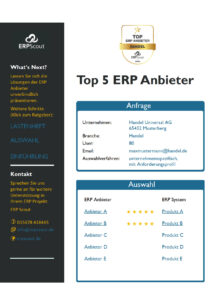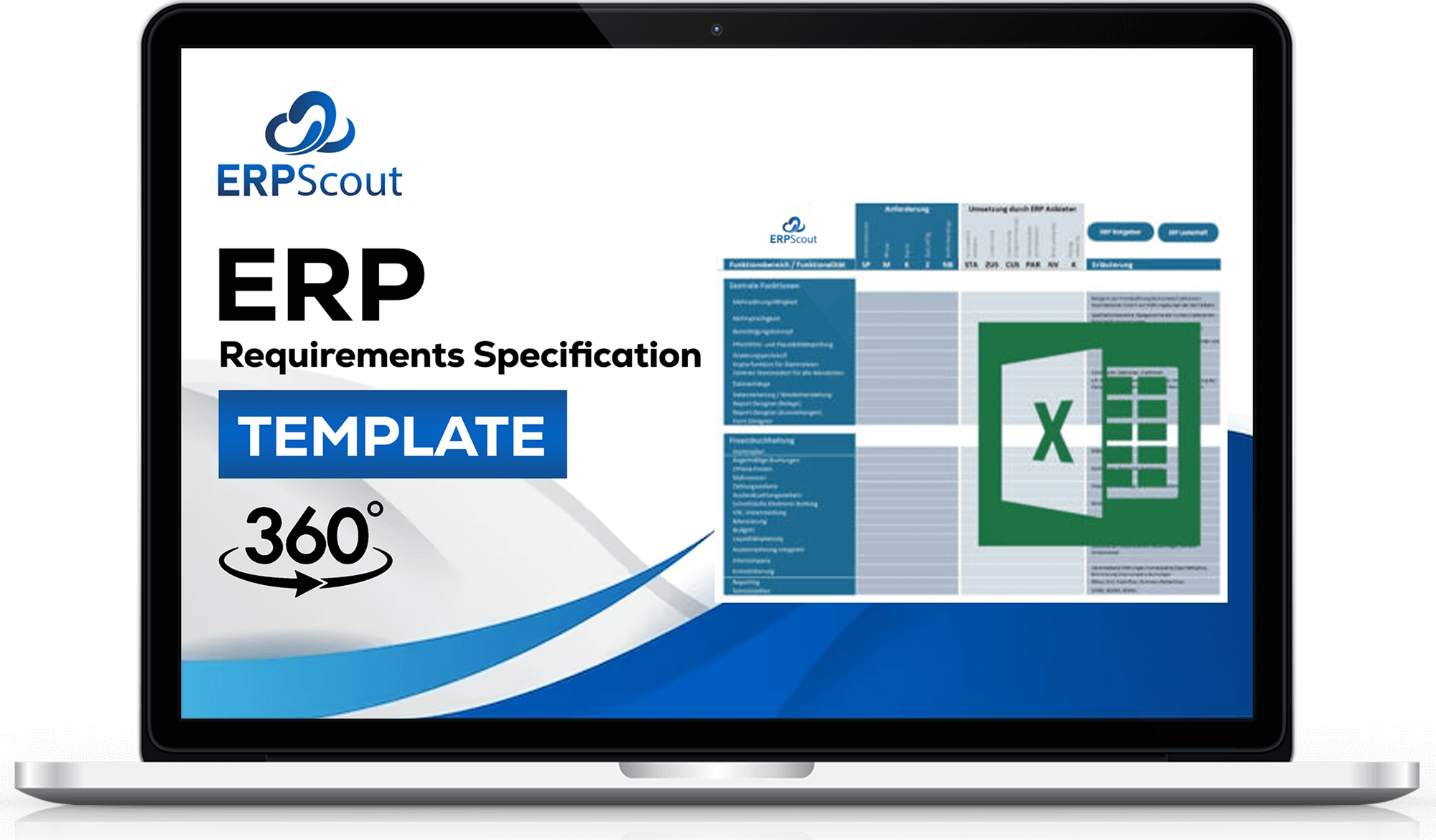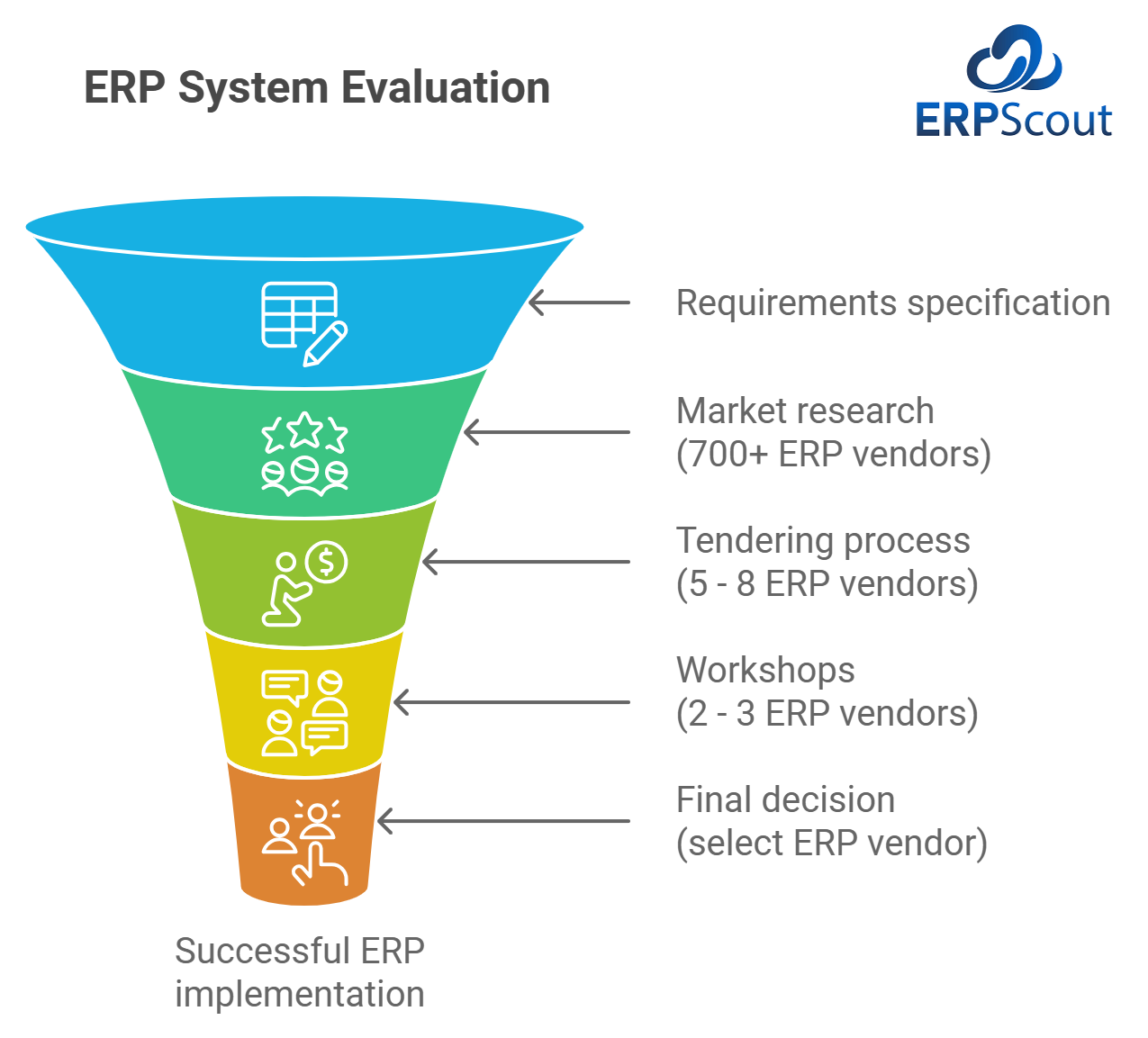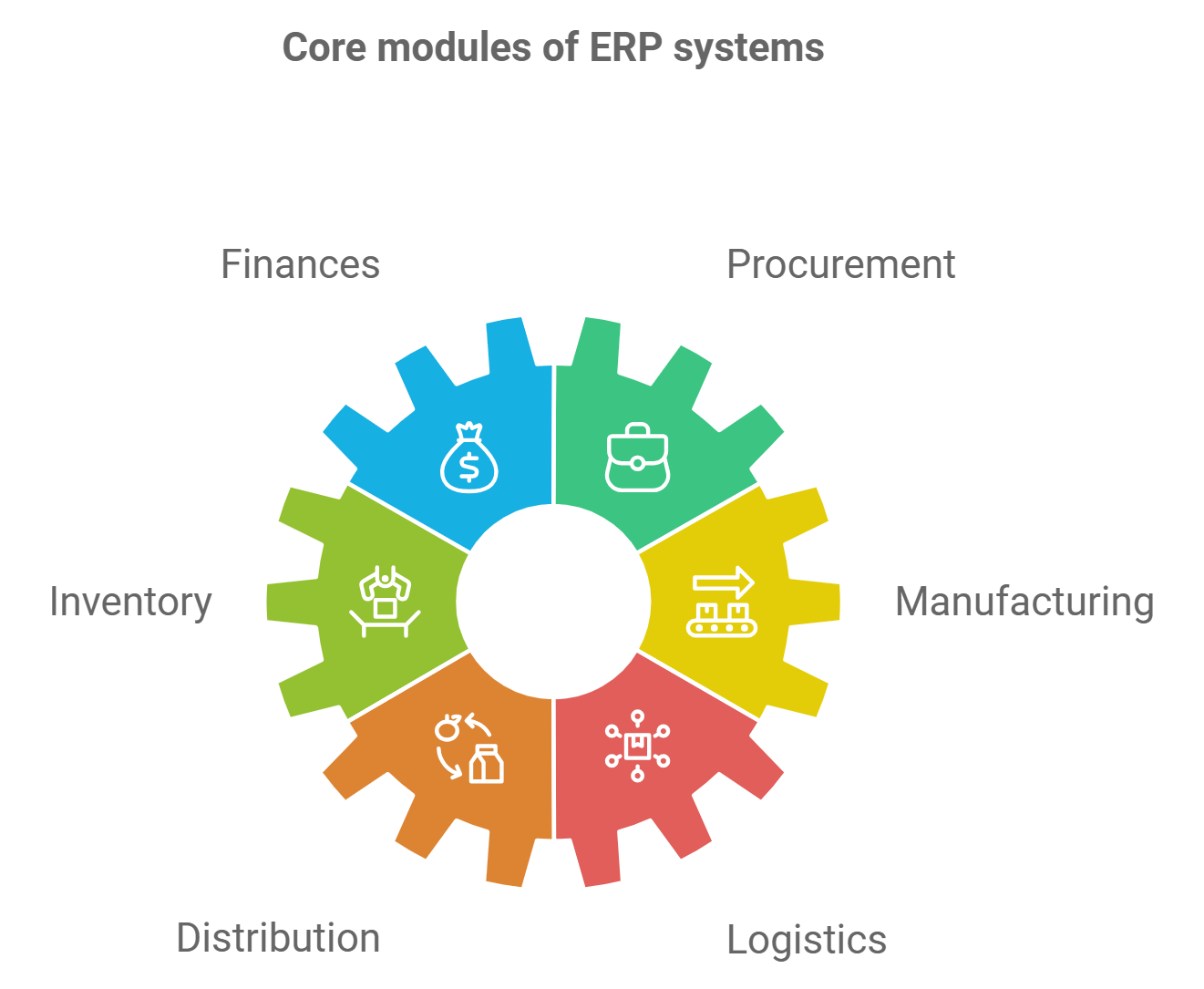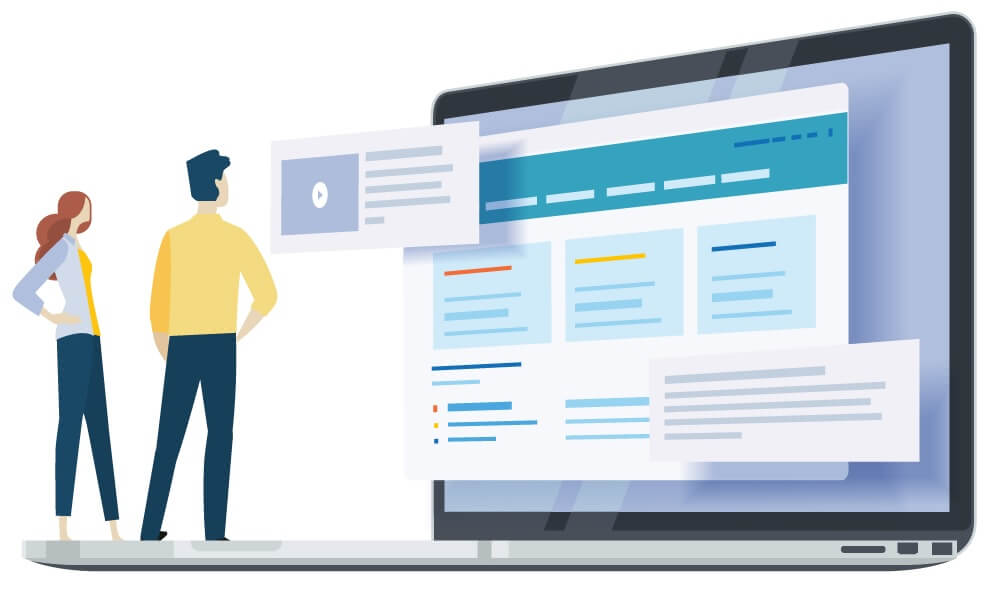How much does ERP software cost?
The actual costs of an ERP implementation depend on many factors, such as the selected ERP system, number of users, industry, implemented additional modules, the degree of customization of the software, etc. Nevertheless, it is helpful to know average figures in order to have realistic expectations from the outset.
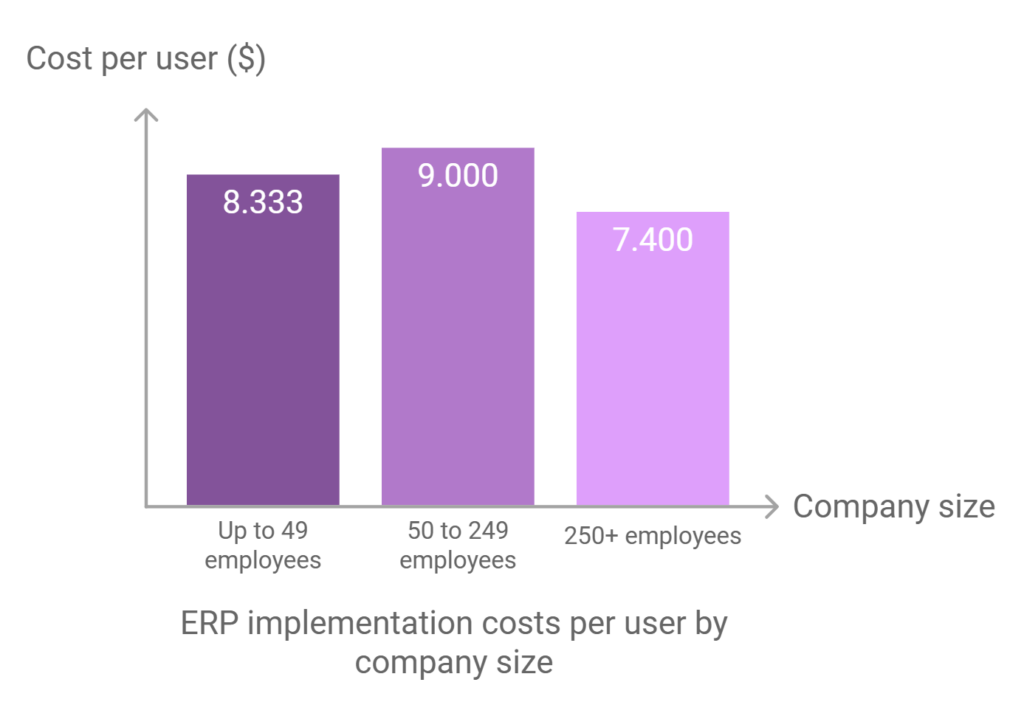
The 2021 ERP project report by Softwarepath analyzed data from 1,338 ERP projects and determined average costs of $8,265 (around €6,900) per user. All company sizes and industries were also taken into account in this study. Differences are also evident here depending on the size of the company. For companies with up to 49 employees, the costs per user amounted to $8,333 (around €6,900), for 50 to 249 employees the costs were $9,000 (around €7,500) and for companies with 250 employees or more, the costs amounted to $7,400 (around €6,200).
The Trovarit study “ERP in practice” with over 15,000 participating companies in Europe determined average total costs of $7,000 (€5,917) per user when implementing an ERP system. The study took into account software licenses, services and hardware costs across all company sizes and industries. The costs per user decrease with the company size: companies with up to 100 employees have total costs of $7,400 (€6,142) per user, for 101 to 499 employees these fall to $6,900 (€5,774) and companies with at least 500 employees spent an average of $6,600 (€5,313) per user. The evaluations of deadline and budget overruns are also interesting. These were identified in a more than 50% of ERP projects. However, in 35% of the projects, the budget overruns ranged between 5% and 35%.
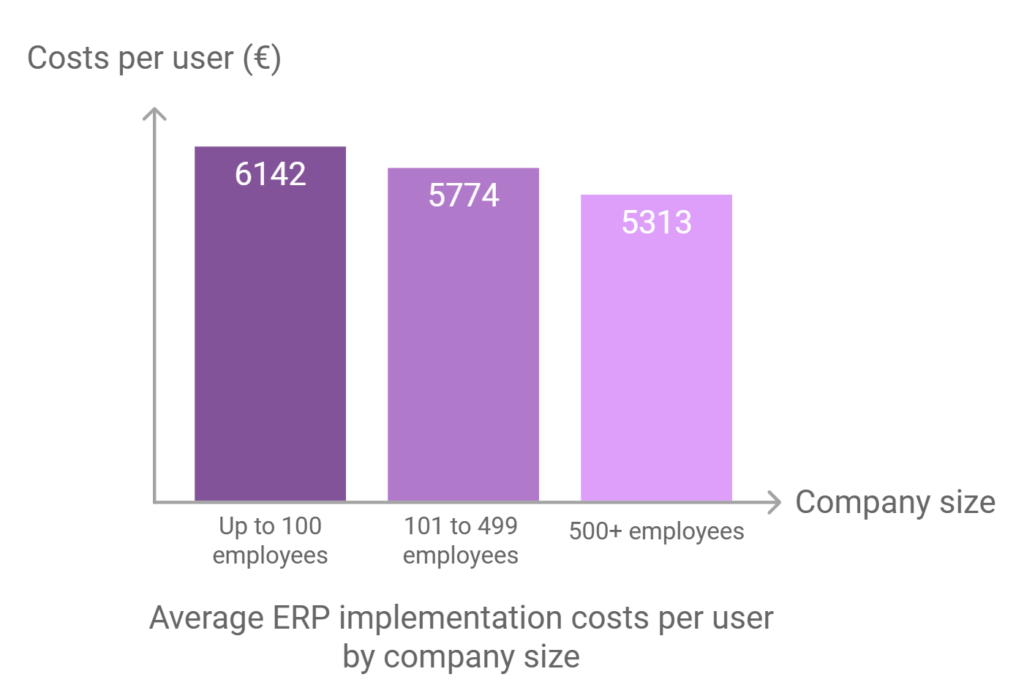
Another way of presenting the ERP costs is to compare them with the company’s turnover. Panorama Consulting, a US-based consulting firm specializing in ERP systems, follows this approach and surveyed 1,660 ERP customers about their implementation costs, which include both acquisition and subsequent operating costs. Many participating companies spent between 3% and 6% of their turnover on ERP software. With implementation costs of 2.8% of their turnover, customers of Netsuite were the cheapest. Customers of IQMS (2.9 percent) and IFS (4 percent) also made it onto the podium. Oracle landed in tenth place with 5.7 percent costs, with the other heavyweights SAP and Microsoft in between. (The figures are from 2016).
What are the cost drivers of ERP systems?
If you have not yet dealt with ERP projects in depth, you will first have to digest the figures from the previous paragraphs. The implementation costs should really be around $6,000 to $9,000 per user and the TCO (Total cost of ownership) should amount to 3% to 6% of annual turnover after five years? We would like to show you an example of the components that can make up these ERP project costs. Please note that the differences from project to project may be significant, depending on many factors such as ERP system, industry, company size, complexity of requirements, need for customizing, number of locations, etc. For reasons of clarity, the following calculation has been simplified .
Our fictitious company Xenturion New York has 50 employees, annual sales of €10 million and requires licenses for 25 users working concurrently in the ERP system. We show the calculation for both on-premise and cloud and assume the following conditions: An on-premise user license costs $2,000 once, a cloud user license is $80 per month, the daily rate from the ERP implementation partner and the external ERP consultant is $1,000 for the sake of simplicity. The test phase begins three months before the real launch, for which the cloud users are already licensed. The following costs are incurred until going live:
| Component | Costs | Quantity | On-Premise | Cloud |
|---|---|---|---|---|
| License On-Premise User (one-time) | 2,000$ | 1 | 2,000$ | |
| License Cloud User (monthly) | 80$ | 3 | 240$ | |
| = License for 25 users | 50.000$ | 6.000$ | ||
| Services ERP Partner (days) | 1.000$ | 80 | 80,000$ | 80,000$ |
| Services Consultant (days) | 1.000$ | 20 | 20.000$ | 20.000$ |
| = Total services | 100,000$ | 100,000$ | ||
| Total costs Going Live | 150,000$ | 106,000$ |
The implementation costs per user for the on-premise variant are therefore $6,000 ($150,000 for 25 users) and $4,240 for the cloud solution ($106,000 for 25 users). The estimated 80d (days) of services provided by the ERP partner are made up as follows: Project management/consulting 10d, customizing 30d, setup/data transfer test system 5d, training key users 10d, setup/data transfer live system 10d, training users 10d, transition support 5d.
What does it look like after 5 years of operation? This is a common figure for calculating the TCO (Total cost of ownership) :
| Component | Costs | Quantity | On-Premise | Cloud |
|---|---|---|---|---|
| Software maintenance per user (annually) | 600$ | 5 | 3,000$ | |
| License Cloud User (monthly) | 80$ | 60 | 4,800$ | |
| = License for 25 users | 75,000$ | 120,000$ | ||
| Services ERP Partner (days) | 1,000$ | 50 | 50,000$ | 50,000$ |
| Services Consultant (days) | 1,000$ | 20 | 20,000$ | 20,000$ |
| = Total services | 70,000$ | 70,000$ | ||
| = Total operating costs (5 years, 25 users) | 145,000$ | 190,000$ | ||
| = TCO incl. going-live costs (5 years, 25 users) | 295,000$ | 296,000$ |
This leads us to the astonishing result that the on-premise variant has a TCO of $295,000 and the cloud solution of $296,000, which corresponds to a cost share of around 3% compared to the annual turnover. Some cost factors were not taken into account here, such as hardware (for on-premise operation) and the costs for the use of internal resources. Nevertheless, this gives you a rough idea of how the costs of an ERP project can break down.
Is a free ERP system a good option?
ERP software for free! Interestingly, there have been a number of open source ERP systems in the ERP sector for some years now, such as Odoo (formerly OpenERP), ERPNext or iDempiere. With these ERP systems, you can beat the big players on the ERP market namely SAP, Microsoft and co. to the punch and save on license costs. But is this really “free” and therefore a good option for your company?
Open source software is free and very popular: from the web browser Mozilla Firefox and the email client Mozilla Thunderbird to the complete office suite LibreOffice or OpenOffice. Users are pleased that they can save the license costs of expensive products such as Microsoft Office. Should companies rely on free ERP systems for their ERP software?
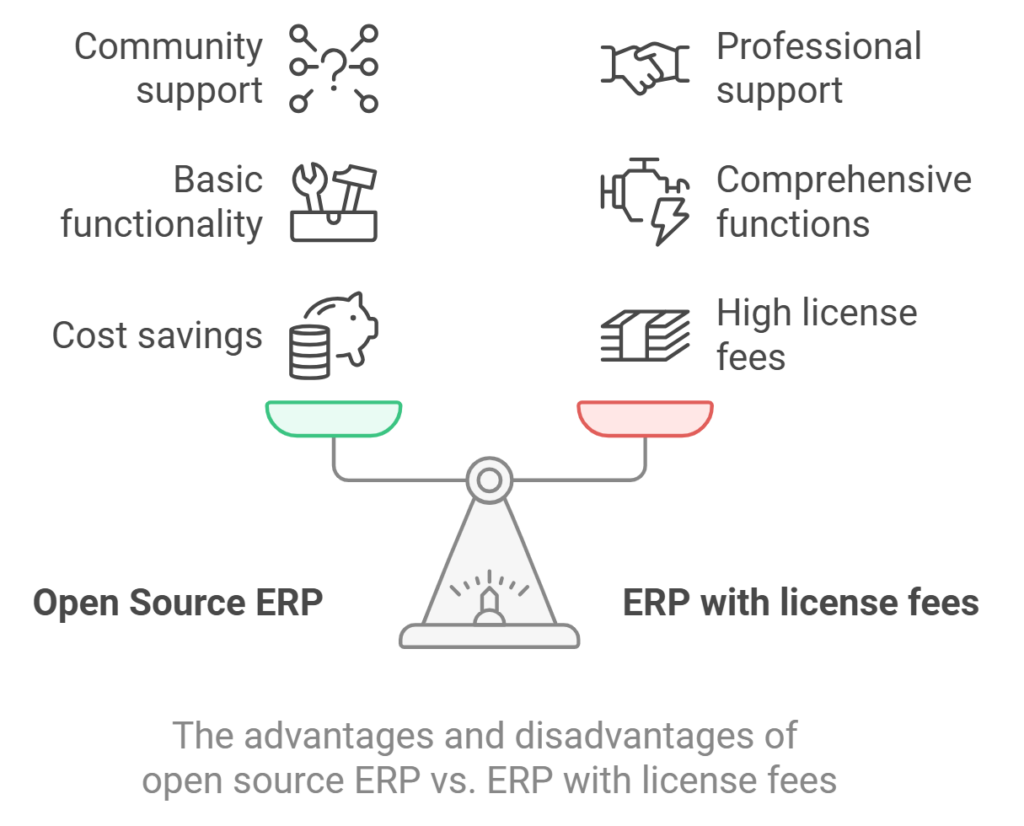
An open source ERP system is interesting for smaller companies that want to map basic functions. In principle, the functional scope of the “free ERP software” is not as powerful as that of the established players on the market. Legal and regulatory framework conditions must also be checked intensively before use.
At least one (but preferably several) technically skilled employees should be able to look after the ERP solution on a permanent basis. “Open source” primarily means that the source code is openly accessible and can be adapted and expanded by anyone. The community takes care of support, bug fixes and extensions. It is therefore essential to check how active the community of the selected open source ERP software is.
Customizing, setup, training and support is also offered by service providers for some open source ERP systems, who often have similar hourly rates to SAP, Oracle or Microsoft partners. Therefore, check very carefully to what extent your requirements are met by open source ERP software and which services can be provided by your companies resources. This is because open source ERP systems can make the most of their advantages if you “do everything yourself” (because you have the internal resources for this) or if the need for external services is very low.
Top 5 ERP Systems
Determine the top 5 ERP systems for your company with pinpoint accuracy from 700+ vendors – free of charge and without obligation.

Around 500 companies use our efficient services and tools for their ERP software selection – every year.
